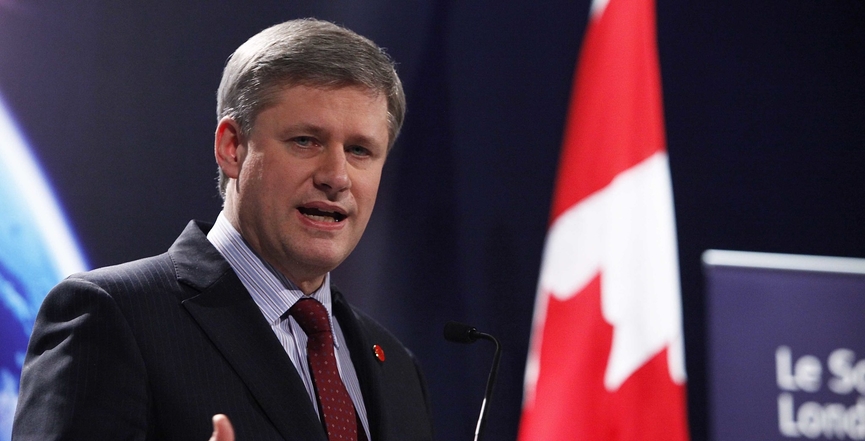Slowly, cautiously, the deficit hawks are daring to come out of the shadows.
These are the well-heeled folks, from conservative think-tanks and political circles, who for decades have successfully pushed governments to impose austerity and social spending cuts on the rest of us, in the name of keeping government deficits small.
With the country reeling from the devastating economic shutdown caused by the coronavirus, these usually cocky deficit hawks haven’t yet mustered the nerve to come out fully against what is proving to be immensely popular with the public — a dramatic ramping up of Ottawa’s spending to shield Canadians from financial despair.
But, led by former Conservative prime minister Stephen Harper, the deficit-slaying crowd is starting to re-emerge, determined that the pandemic does’t become the transformative event that could spell the end of the deeply unequal, corporate-dominated economic world they’ve diligently constructed in recent decades.
After five years of near-silence following his 2015 electoral defeat, Harper took to the Wall Street Journal to proclaim the increased spending “economically ruinous” and to warn that if governments “fail to practice mild austerity proactively, a brutal kind will be thrust upon them.”
This is the same language deficit hawks used in the 1990s to frighten Canadians into believing that, unless we drastically cut government spending, we’d hit the “debt wall” — the perilous point where international investors would no longer lend us money.
Harper insisted in his op-ed that Canada “came close” to defaulting on its debt — hitting the debt wall — in the 90s.
It’s a scary tale, but not even remotely true.
In fact, even as the carefully stoked deficit hysteria reached a fever-pitch in the mid-90s, Canada retained the very top credit rating — Triple A (Aaa) — indicating that the prestigious Wall Street ratings agencies ranked it one of the safest places in the world to invest.
Below were many countries with credit ratings stretching down to Baa3, and then below them, countries ranked “high-risk.” Lower still were dozens of African nations that didn’t even get a credit rating; international markets had cut them off long ago.
Now that’s the debt wall, but Canada has never been anywhere near it.
The deficit hawks knew this. Yet they still railed against Canada’s debt, generating sufficient fear that Canadians accepted the brutal round of social spending cuts delivered by Liberal finance minister Paul Martin in 1995.
Since then, the doctrine of small government has prevailed, virtually unchallenged in public debate. Until now.
The deficit hawks are hoping to revive the hysteria they created in the 90s.
But let’s not be duped again. This time, let’s pay attention to a true debt story — the story of how we ran up a gigantic debt fighting the Second World War and we weren’t intimidated by it after the war.
While our debt today is about 35 per cent of GDP, by the end of the Second World War it reached a massive 130 per cent of GDP. “But no one cared!” notes economist Jim Stanford, director of the Centre for Future Work.
We didn’t even pay down that debt! On the contrary, we racked up lots more debt in the early postwar decades, as Ottawa invested heavily in infrastructure and expanded the size and scope of government.
The debt kept growing, but the economy grew faster, making the debt burden relatively lighter. By the mid-70s, our debt amounted to only about 20 per cent of GDP. We never actually paid it off; we just effectively outgrew it, says Stanford.
Those years are sometimes called “the golden age of capitalism” as the economy prospered and a strong middle class emerged.
The deficit hawks can’t deny these facts, but they suggest this wouldn’t work today.
In fact, with today’s record-low borrowing costs — with interest rates effectively close to zero — we’re well positioned to run up a huge debt at virtually no cost, allowing us to put Canadians back to work and begin building the infrastructure needed to transition to clean energy.
We could actually be on our way to a very different and promising future. But, count on it, the deficit hawks will soon be circling menacingly overhead, hell-bent on preventing any diversion from the austerity they’ve confined us to for decades.
Linda McQuaig is a journalist and author of The Sport & Prey of Capitalists: How the Rich are Stealing Canada’s Public Wealth. This column originally appeared in the Toronto Star.
Image: London Summit/Flickr



